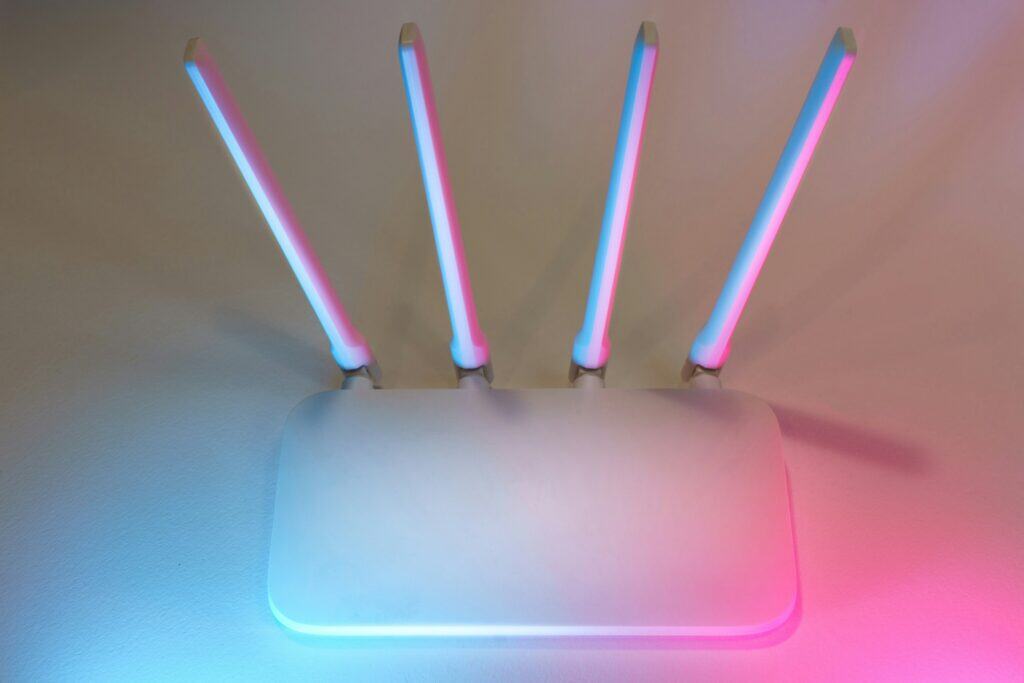Z-Wave vs. Zigbee: Which Protocol Powers Your Smart Home Best?
Smart home protocols like Z-Wave and Zigbee are the secret sauce behind your luxury smart home, making your lights, locks, and gadgets talk to each other without a hitch. If you’ve got your smart bulbs glowing from our smart bulbs post or Alexa taking orders via our assistants post, you’re probably itching to level up. I totally get it—my first smart home setup felt like magic, but then I hit a wall wondering how all these devices actually connect. That’s where Z-Wave and Zigbee come in, acting like invisible networks to keep your smart home humming. In this post, we’ll break down what these protocols are, how they work, and which one’s best for your swanky setup. Let’s dive in and demystify the tech—check our for more terms like these!
What Are Smart Home Protocols?
Z-Wave and Zigbee are like private walkie-talkie channels for your smart home devices, letting them chat without clogging your Wi-Fi. Think of Z-Wave as a super-reliable radio signal that works great over long distances, perfect for big homes. Zigbee, on the other hand, is like a bustling group chat, used by brands like Philips Hue to connect lots of devices close together. Both are wireless, low-power systems that make sure your smart bulbs, thermostats, and sensors play nice. I remember setting up my Hue lights and wondering why they needed a “bridge”—turns out, that’s Zigbee at work! Our Jargon Buster page explains Z-Wave and related terms in plain English if you’re curious.
How Do They Work?
These smart home protocols use a cool trick called mesh networking, where each device passes signals to the next, like a game of telephone. The more devices you add, the stronger the network gets—pretty neat, right? Z-Wave devices, like GE bulbs or Fibaro sensors, need a hub (think Samsung SmartThings) to translate signals to your Wi-Fi. Zigbee works similarly, with hubs like the Hue Bridge or Amazon Echo for devices like Hue bulbs. Some gadgets, like LIFX bulbs, skip protocols entirely and use Wi-Fi, but that can slow your wifi network. My first hub setup was a breeze once I got the hang of it—check our for hub options to start your network.
Z-Wave vs. Zigbee: Key Differences
So, what sets these protocols apart? Z-Wave runs on a 908 MHz frequency, which means less interference from your Wi-Fi router, and it reaches up to 100 meters—great for sprawling homes. Zigbee uses 2.4 GHz, like Wi-Fi, so it’s a bit more crowded but supports more devices (up to 65,000 vs. Z-Wave’s 232). Z-Wave gear, like Schlage locks, is pricier but super secure, while Zigbee’s common in affordable setups like Hue (see our ). I went with Zigbee for my Hue lights because it was plug-and-play, but Z-Wave’s range won me over for my outdoor sensors. Both need a hub for full power, unlike Wi-Fi options like LIFX (check our products page).
Which Is Right for Your Smart Home?
Choosing between Z-Wave and Zigbee depends on your setup. If you’ve got a small apartment and love Philips Hue, Zigbee’s your go-to—pair it with a Hue Bridge or Alexa, as we covered in our . For a big, luxury home with devices spread out, Z-Wave’s longer range and reliability shine, especially for locks or sensors. Budget matters too—Zigbee devices are often cheaper, but Z-Wave’s stability is worth it for upscale systems. I mixed both in my home: Zigbee for lights, Z-Wave for security.
Getting Started with Z-Wave or Zigbee
Ready to pick a protocol? Start with a hub—Samsung SmartThings or Hubitat support both Z-Wave and Zigbee, making them future-proof. Check your existing gear: Hue bulbs are Zigbee, so a Hue Bridge (or compatible Echo) is enough, while LIFX skips protocols. For Z-Wave, grab a device like a GE bulb or Yale lock, then pair it with a hub via its app. Setup’s easy—plug in the hub, follow the app, and watch your devices connect. I had my SmartThings hub running in 20 minutes, though my Wi-Fi gave me a scare once.
Next Steps for Your Luxury Smart Home
Z-Wave and Zigbee are the backbone of your smart home, turning your lights and voice assistants into a seamless, luxury system. Whether you go with Z-Wave’s range or Zigbee’s flexibility, you’re one step closer to a home that feels like the future. My setup’s a mix of both, and it’s stupidly satisfying when everything just works. Next, we’ll explore smart thermostats to keep your home cozy—stay tuned! For now, browse hubs and devices on our or decode more tech terms on our products page.

